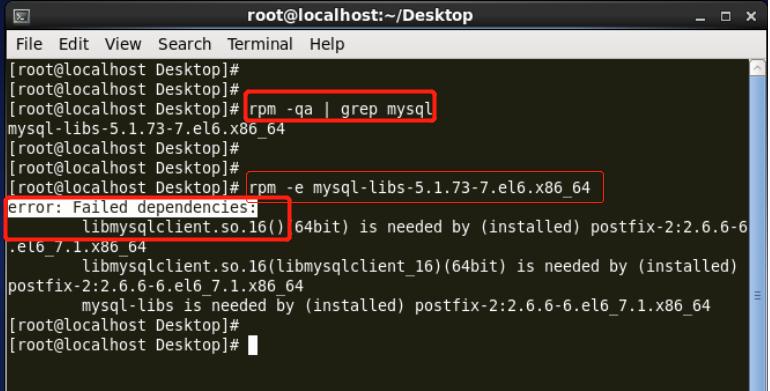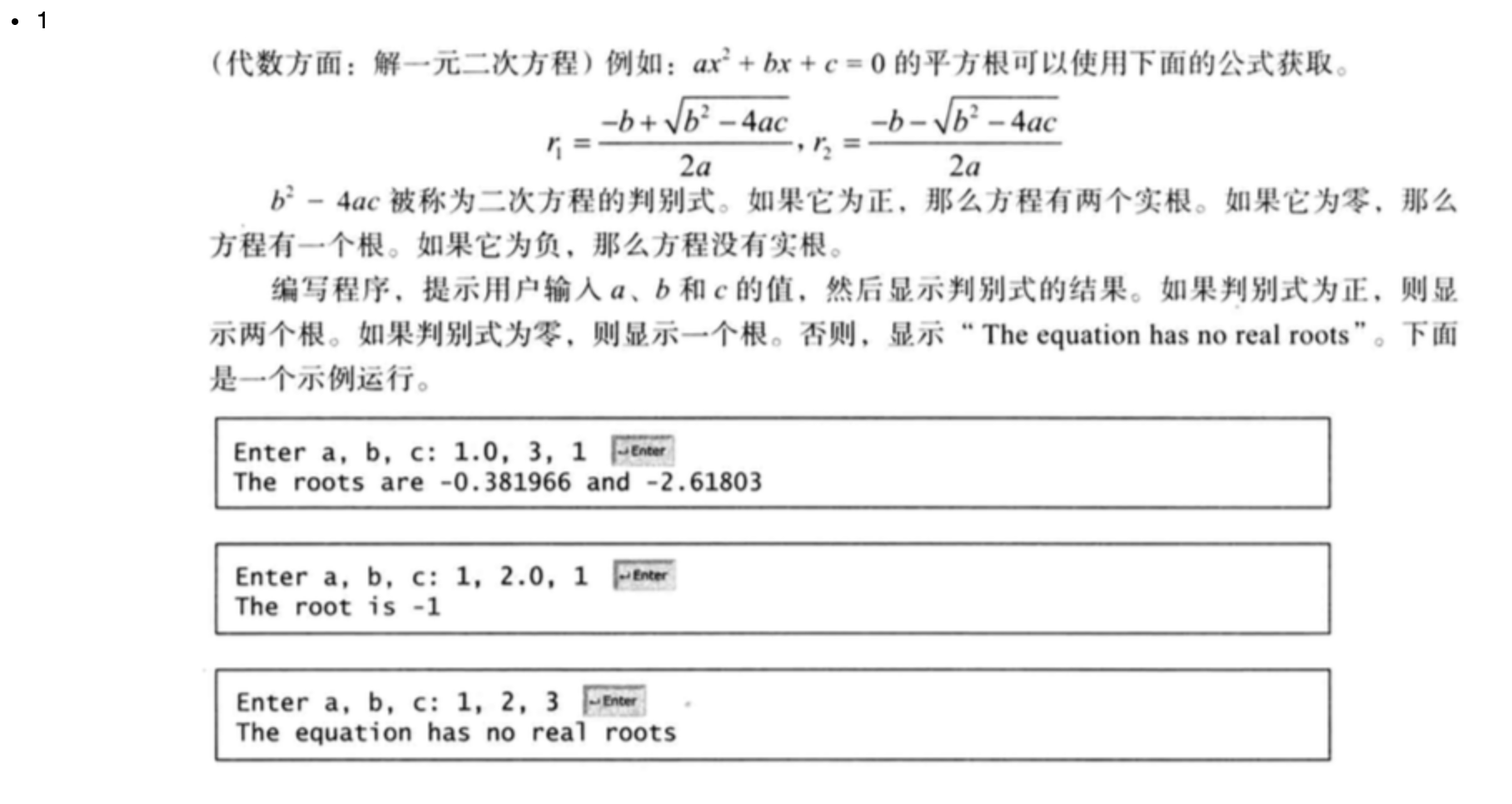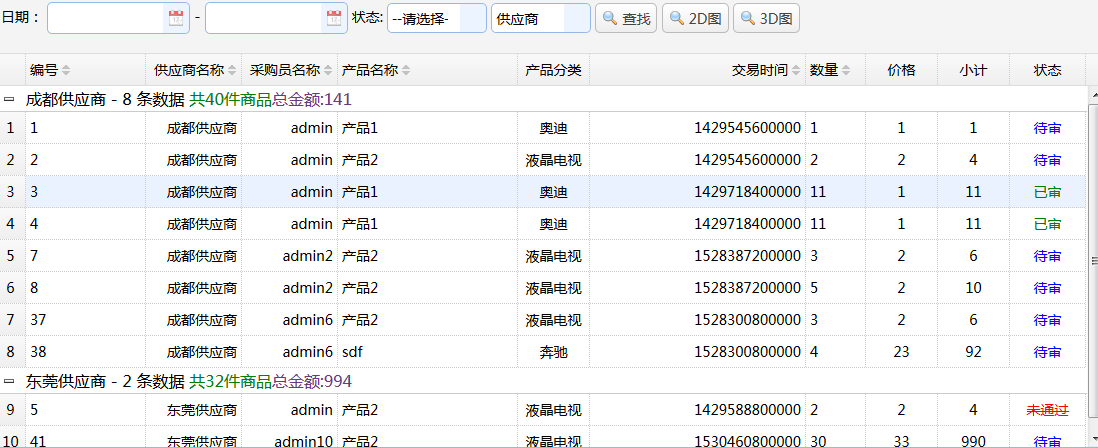HDU 6181Two Paths——————(求次短路)
Two Paths
Time Limit: 4000/2000 MS (Java/Others) Memory Limit: 153428/153428 K (Java/Others)
Total Submission(s): 2139 Accepted Submission(s): 834
Problem Description
You are given a undirected graph with n nodes (numbered from 1 to n) and m edges. Alice and Bob are now trying to play a game.
Both of them will take different route from 1 to n (not necessary simple).
Alice always moves first and she is so clever that take one of the shortest path from 1 to n.
Now is the Bob’s turn. Help Bob to take possible shortest route from 1 to n.
There’s neither multiple edges nor self-loops.
Two paths S and T are considered different if and only if there is an integer i, so that the i-th edge of S is not the same as the i-th edge of T or one of them doesn’t exist.
Input
The first line of input contains an integer T(1 <= T <= 15), the number of test cases.
The first line of each test case contains 2 integers n, m (2 <= n, m <= 100000), number of nodes and number of edges. Each of the next m lines contains 3 integers a, b, w (1 <= a, b <= n, 1 <= w <= 1000000000), this means that there’s an edge between node a and node b and its length is w.
It is guaranteed that there is at least one path from 1 to n.
Sum of n over all test cases is less than 250000 and sum of m over all test cases is less than 350000.
Output
For each test case print length of valid shortest path in one line.
Sample Input
23 31 2 12 3 41 3 32 11 2 1
Sample Output
53HintFor testcase 1, Alice take path 1 - 3 and its length is 3, and then Bob will take path 1 - 2 - 3 and its length is 5.For testcase 2, Bob will take route 1 - 2 - 1 - 2 and its length is 3
给定多张无向图,求出每张图中的从s到t的次短路
Input
第一行一个数T,表示数据组数
后面给出T张无向图
Output
对每一张图,给出其次短路
裸的次短路问题
G[i]忘清空了,WA了好多次,
难受。
很难受。
#include<bits/stdc++.h>#include<vector>using namespace std;typedef long long ll;typedef pair<ll,ll> P;const ll INF = 1e18;const int MAXN = 2e5+7;struct edge{ll to,cost;edge(){};edge(ll _to, ll _cost){to = _to;cost = _cost;}};vector<edge> G[MAXN];int n,m;ll dist[MAXN];ll dist2[MAXN];void slove(){priority_queue<P, vector<P>, greater<P> >que;fill(dist, dist + n + 1, INF);fill(dist2,dist2+ n + 1, INF);dist[0] = 0;que.push(P(0,0));while(!que.empty()){P p = que.top(); que.pop();ll v = p.second, d = p.first;if(dist2[v] < d) continue;for(int i = 0; i < G[v].size(); ++i ){edge &e = G[v][i];ll d2 = d + e.cost;if(dist[e.to] > d2){swap(dist[e.to], d2);que.push(P(dist[e.to], e.to));}if(dist2[e.to] > d2 && dist[e.to] < d2){dist2[e.to] = d2;que.push(P(dist2[e.to],e.to));}}}printf("%lld\n",dist2[n-1]);}int main(){int t;scanf("%d",&t);while(t--){scanf("%d %d",&n,&m);ll x,y,z;for(int i=0;i<=n;i++)G[i].clear();for(int i=0;i<m;i++){scanf("%lld %lld %lld",&x,&y,&z);G[x-1].push_back(edge(y-1, z));G[y-1].push_back(edge(x-1, z));}slove();}return 0;}



































还没有评论,来说两句吧...